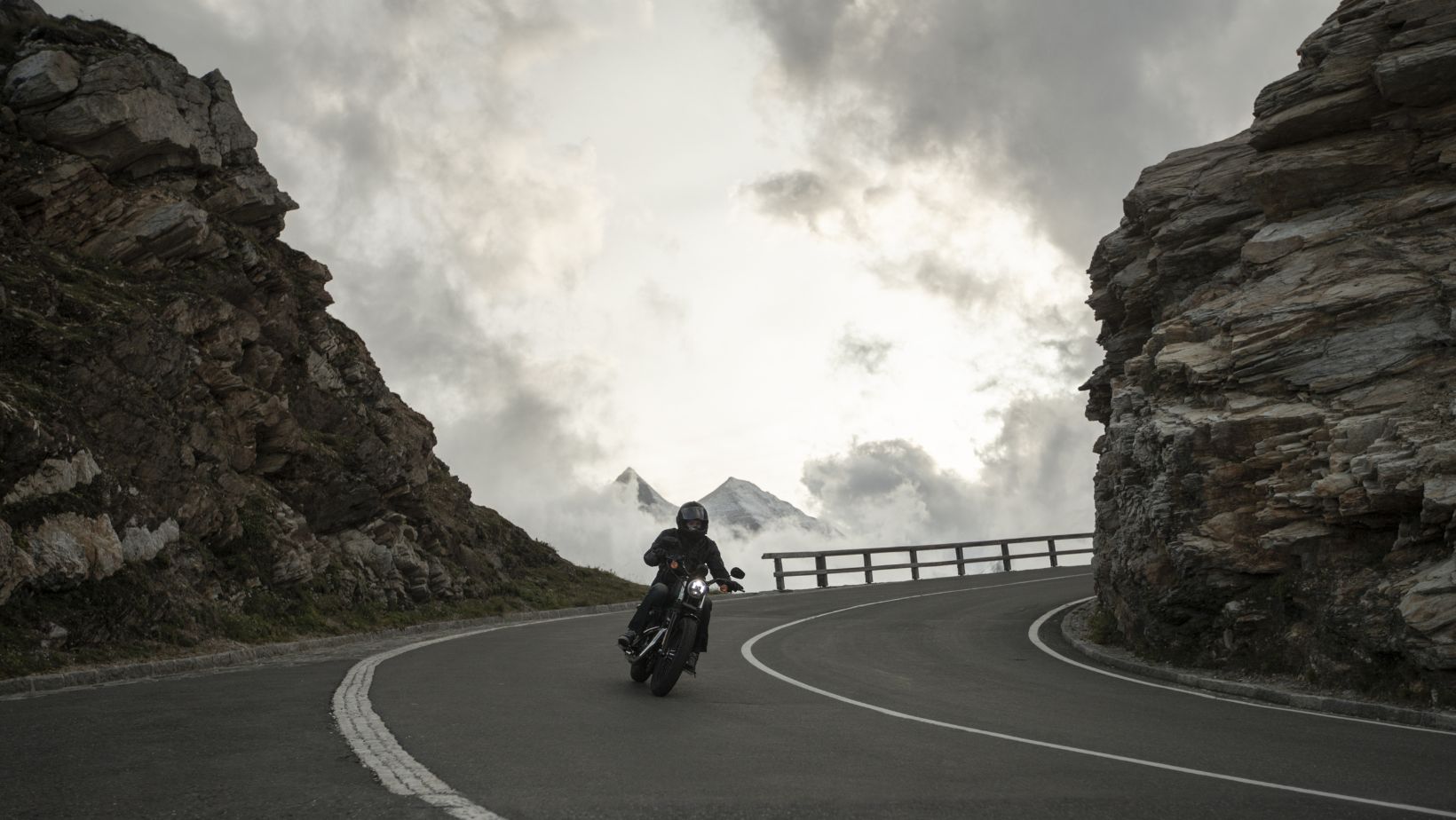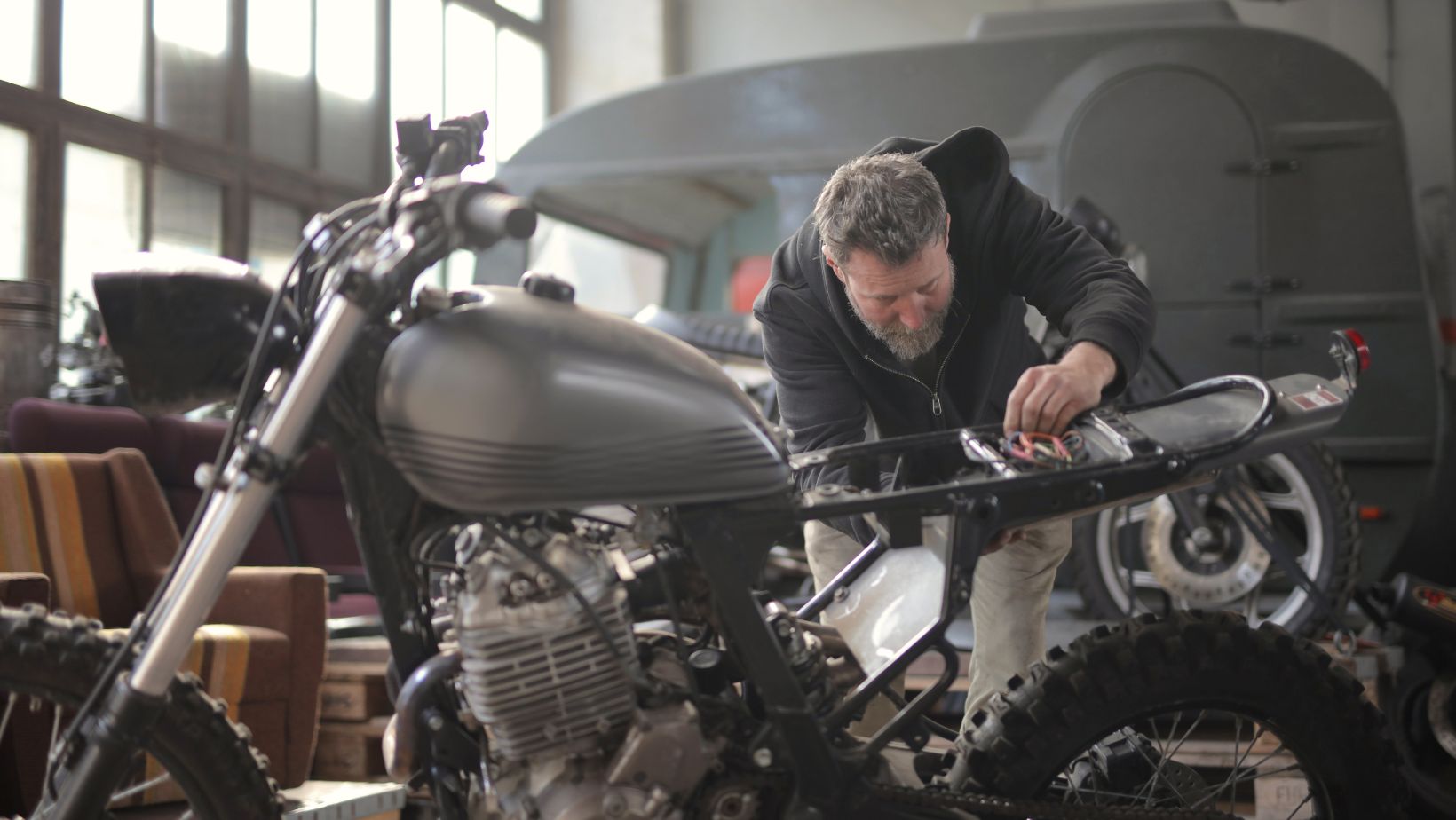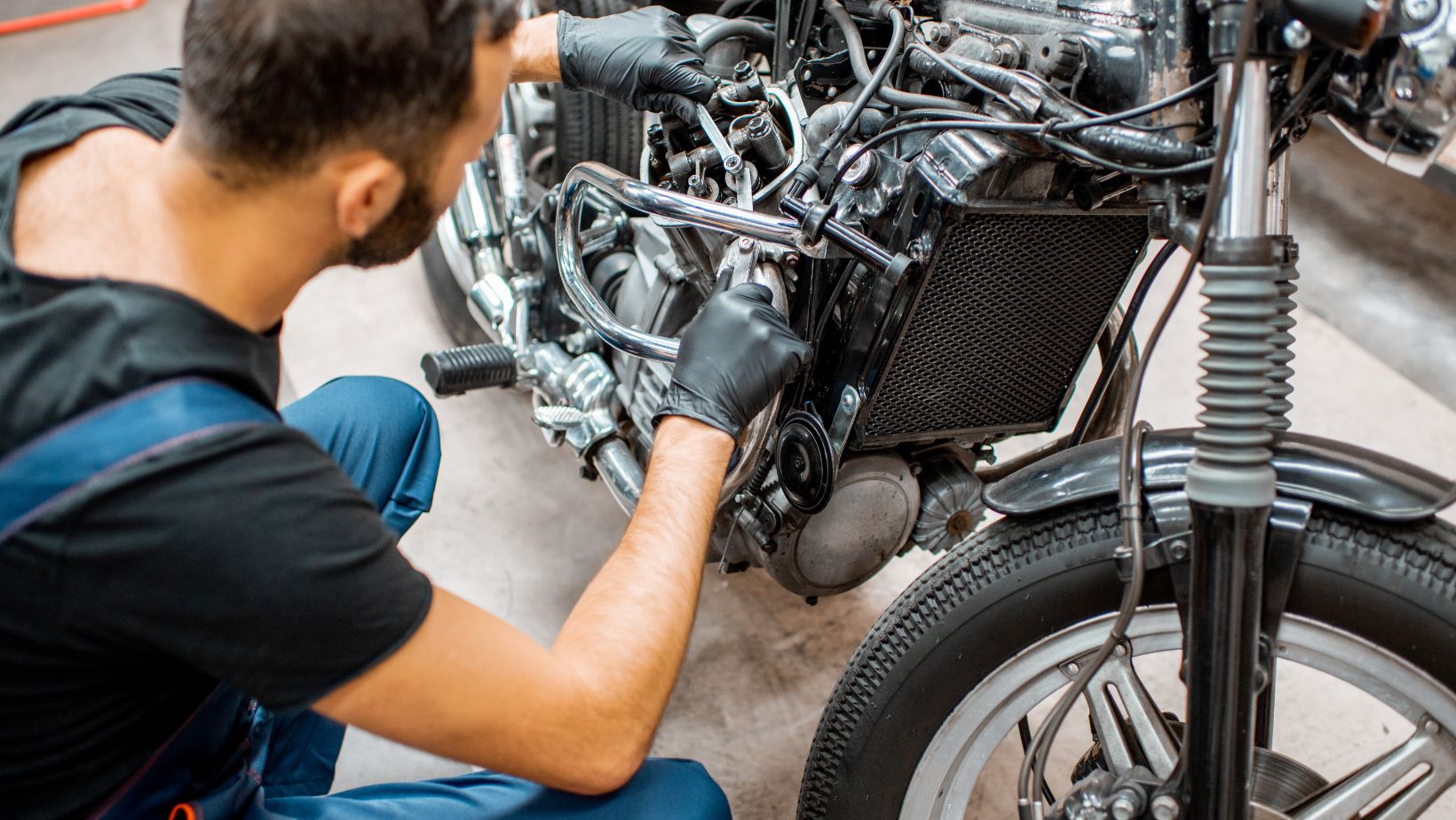
Whether you find yourself navigating Oklahoma City’s motorcycle laws or not, there will come a time when the motorcycle must be left alone for a while. Life may get busier, the weather may refuse to cooperate, or you may simply need a break from it for a while. You need to be prepared for this eventuality no matter the cause.
Some of that information can be found below, but don’t be afraid to do further research. Some areas may need to take other things into account, from heavy winds and tornadoes to ice storms to theft.
You can find basic information below, but more specific concerns need to be understood and handled separately to ensure your motorcycle is as safe as possible during downtime.
Cover it
The first thing you need to do is invest in a high-quality motorcycle cover because it provides a large number of benefits. A big reason to have one is that it prevents opportunistic thieves.
The look, make, model, year, and more are all hidden under the cover, so anyone who sees it won’t know exactly how valuable it is at a glance. While you should obviously take more anti-theft measures, a cover is a good place to start.
The cover will also protect your motorcycle from animals and bugs. Birds won’t be as likely to perch, and their droppings will be on the cover as opposed to the cycle itself; rodents will have a harder time reaching wires, and bugs will have to work a bit harder to get under the cover and do whatever they’re looking to, from laying eggs to building nests to just hanging out.
Again, a cover won’t stop every animal or insect, but it will reduce the harm they can do. These are just a few examples of how covers can protect your motorcycle. They do so much more, so consider getting one sooner rather than later.
Consider Storage
You need to know where you’ll store your motorcycle before you need to, or you’ll be scrambling for an emergency solution. Obviously, the best place to keep it is in a garage, but if you don’t have access to one, you’ll have to find some way to store it outside. If this has to happen, make sure you have a cover for all of the reasons listed above.

Once you’ve got that, you’ll need to figure out what kind of roof you’ll store it under. If you have the space, a carport may be the best choice, as it can also provide protection for your other vehicles. If not, then a more specialized motorcycle shelter may be best. No matter where you choose to store it, make sure it’s protected from severe weather and harsh temperatures, or you’ll come back to a destroyed motorcycle.
Prepare for Extreme Temperatures
Both extreme cold and heat have negative effects on your motorcycle and are likely at least part of the reason why it will be sitting idle for a while. Extreme heat causes many problems, but the most notable ones are decreased airflow and oil damage. Oil does two things for your cycle: it lubricates all of the moving parts, and it helps act as an extra cooling agent.
Extreme heat harms this cycle by breaking the oil down, making it thinner. This oil is much less capable of doing what it’s supposed to and will eventually completely fail. Compound this with a lack of airflow, and you may have many expensive repairs ahead of you.
Cold, on the other hand, causes everything from battery damage to tire degradation to thicker fluids. If your cycle is left alone to endure either extreme for too long, it will face extreme damage and could even be irreparable. This is why climate-controlled storage is so vital, so make sure you have something available for when extreme temperatures hit and take extra precautions if you do decide to ride in them.
Charge the Battery
Before you start charging your motorcycle’s battery, consider its age. Older batteries will struggle to accept and hold a charge. If it fails to hold a charge or is giving you starting troubles, replace it. Consider finding a replacement to have on hand once the battery is between three and five years old. From here, you need to decide whether or not to charge the battery while it’s on the bike.

Admittedly, this is inadvisable. If something goes wrong, such as a power surge, sudden outage, or the battery is just not good anymore, it could damage the cycle’s electrical system. While you can charge it while still attached in an emergency, the best practice is to remove it before charging and storing it in an area that has good climate controls, like your home. Leaving a battery on an idle bike can damage it due to temperature fluctuations and constant minor discharge.
Of course, charging your battery while it’s idle also gives you one less thing to worry about when it’s time to prepare for your next ride, which is always good.
Look it Over
Before leaving your motorcycle to sit idly for a while, follow a maintenance checklist to make sure there aren’t any problems with it. The first things you’ll want to check are the fuel and engine oil. If you know you won’t ride your motorcycle for a while, removing the fuel from the tank via a siphon may be a good idea. Just make sure you have a can of fresh gas lying around in case you do need to take an emergency ride.
Next, check your oil and the filter to make sure it’s looking alright. You’ll change both before your next ride, but you should still look them over and take care of any leaks or other problems before allowing them to sit in the same spot for a while.
Since you won’t be riding for a while, now is also the best time to check your tires and even replace them if necessary. Maybe clean the motorcycle, too. Just make sure to follow a similar checklist before your first ride since issues can arise during this period of rest.



